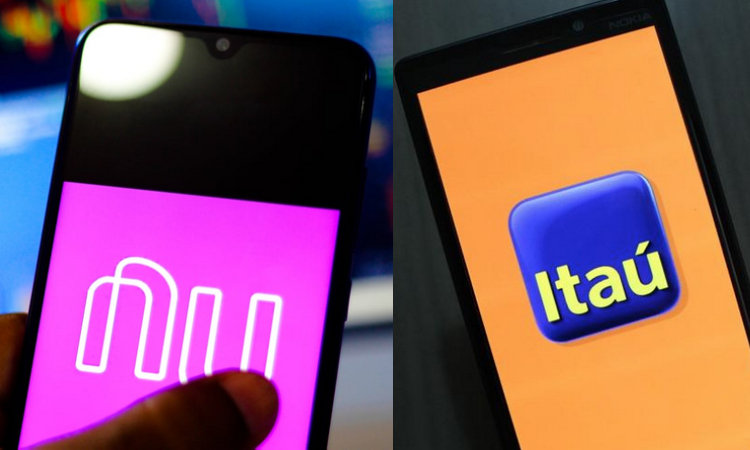RIO DE JANEIRO, BRAZIL – Nubank, the largest fintech in the country, is beginning to have the size of a large bank. The Brazilian fintech has reached a 26-million-client base, an increase of 6.3 million in the first half of the year.
Its clients are also spending more: there was an increase of 54 percent in the volume of transactions with its credit card, an even more significant growth compared to the progress of the three largest card-issuing banks, which shrank six percent over the same period in this indicator, according to a report by UBS bank.
The acquisition cost per client, another important metric, dropped by half. This means that, as it is better known today than a year ago, the purple bank needs to spend less on marketing, issuing new cards, and other services to expand its base.

There are other positive figures. Nubank’s loan portfolio reached R$12.5 billion (US$2.5 billion), up 45 percent in the semester. Account deposits reached R$17 billion in the semester, up from R$10 billion in late 2019. On average, each client had R$750 in their account.
What about Itaú and other large banks?
The fintech’s growth is beginning to disturb large banks. Nubank reached 5.1 percent of the card market, according to the UBS report. The number of purple cards is gradually beginning to draw closer to the total of the largest private bank in the country, Itaú, which has 33 million plastic cards issued and 31 percent of the credit card debt market. Bradesco has 15 percent of this market, Santander, 12 percent, and other banks have a 26 percent share in volume of credit taken.
“Itaú is by far the leader of the credit card market in Brazil, with a market share of about 31 percent of total debt, so it is likely to be the bank to suffer most from the sharp growth of Nubank’s operations,” writes UBS analysts in the report.
However, there are still significant differences between the two financial institutions: Itaú’s clients spend much more than Nubank. The average credit card spending for an Itaú client is R$2,209, almost five times more than the average bill for Nubank, of R$488. As a result, Nubank’s revenue per client is also lower and reaches R$24, a drop in relation to the R$33 in the first quarter last year. For Itaú, the revenue is R$84 per client.
Another major difference is on the profit (or its absence) of the two financial institutions. In the first half of the year, Nubank reported a loss of R$95 million. The good news for the bank is that the losses have decreased: there were R$140 million in losses in the first half of last year and R$173 million in the second half.
Itaú’s profit dropped 40 percent in the second quarter of the year, mainly because of the higher volume of provisions against default. Nevertheless, the result was positive R$4.20 billion in the second quarter.
In other words, in very relevant indicators, there is still plenty of room for the fintech, founded in 2013, to catch up with the almost century-old bank, according to the UBS report.
Source: Exame

